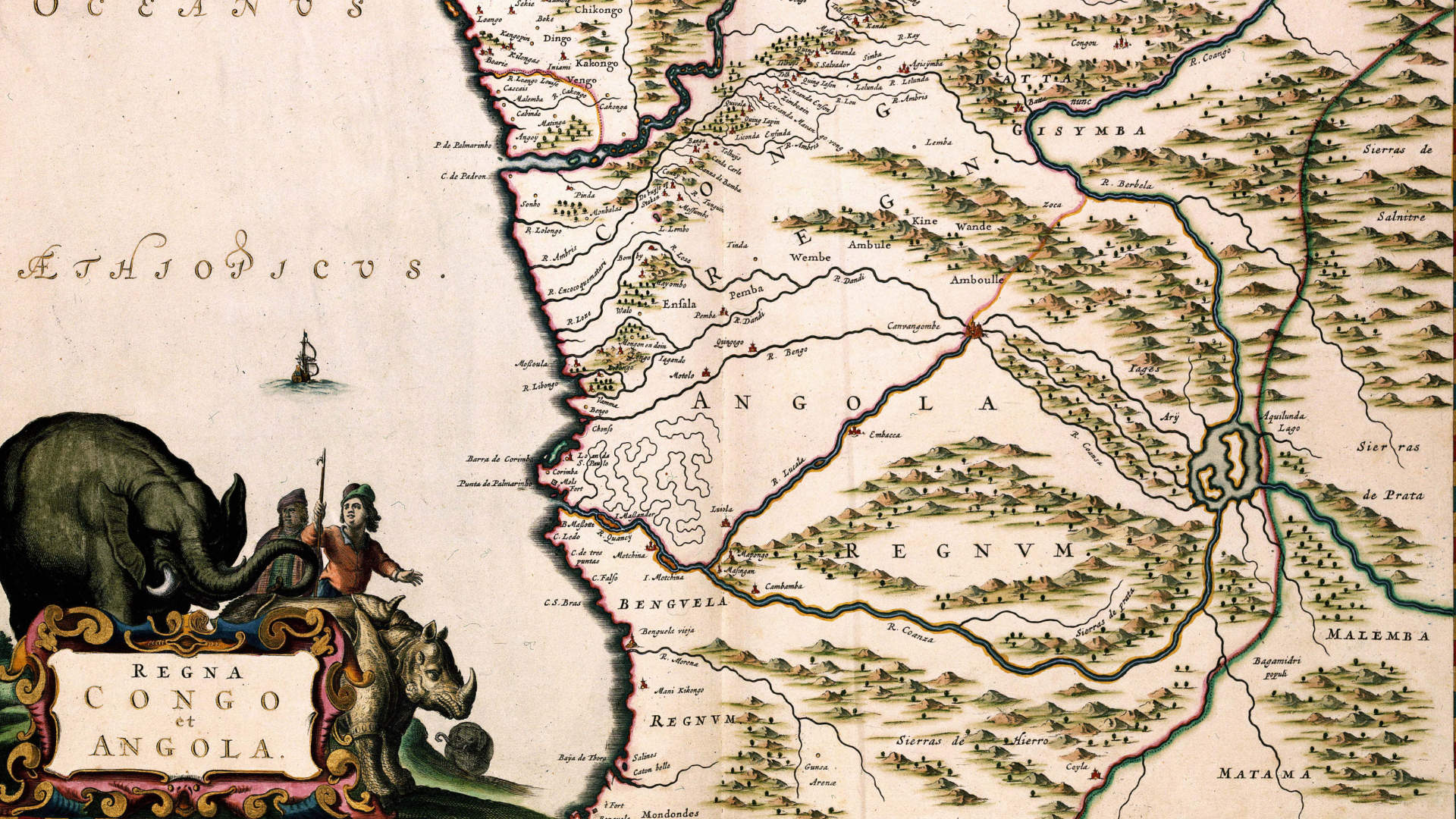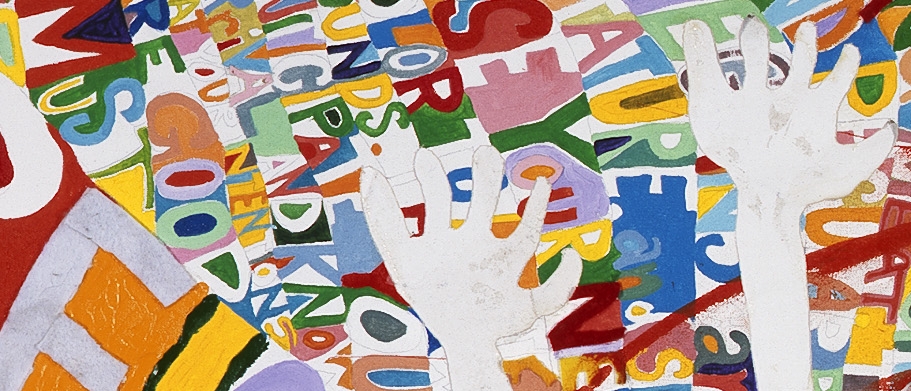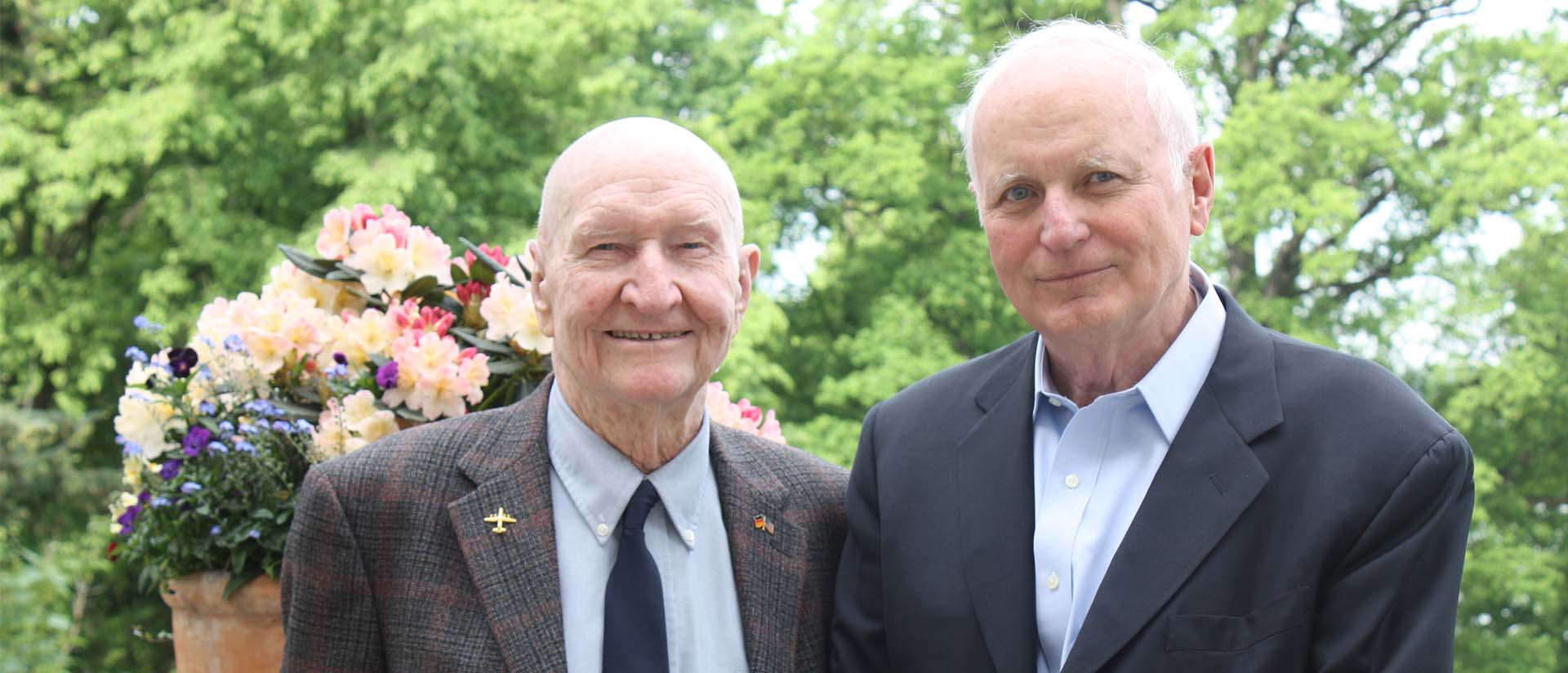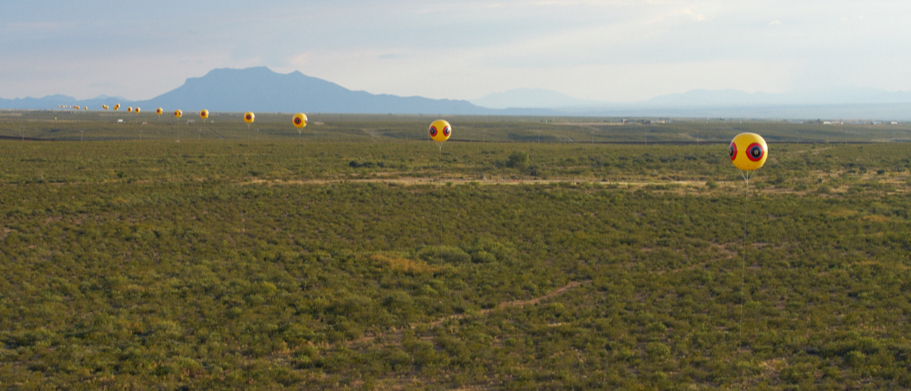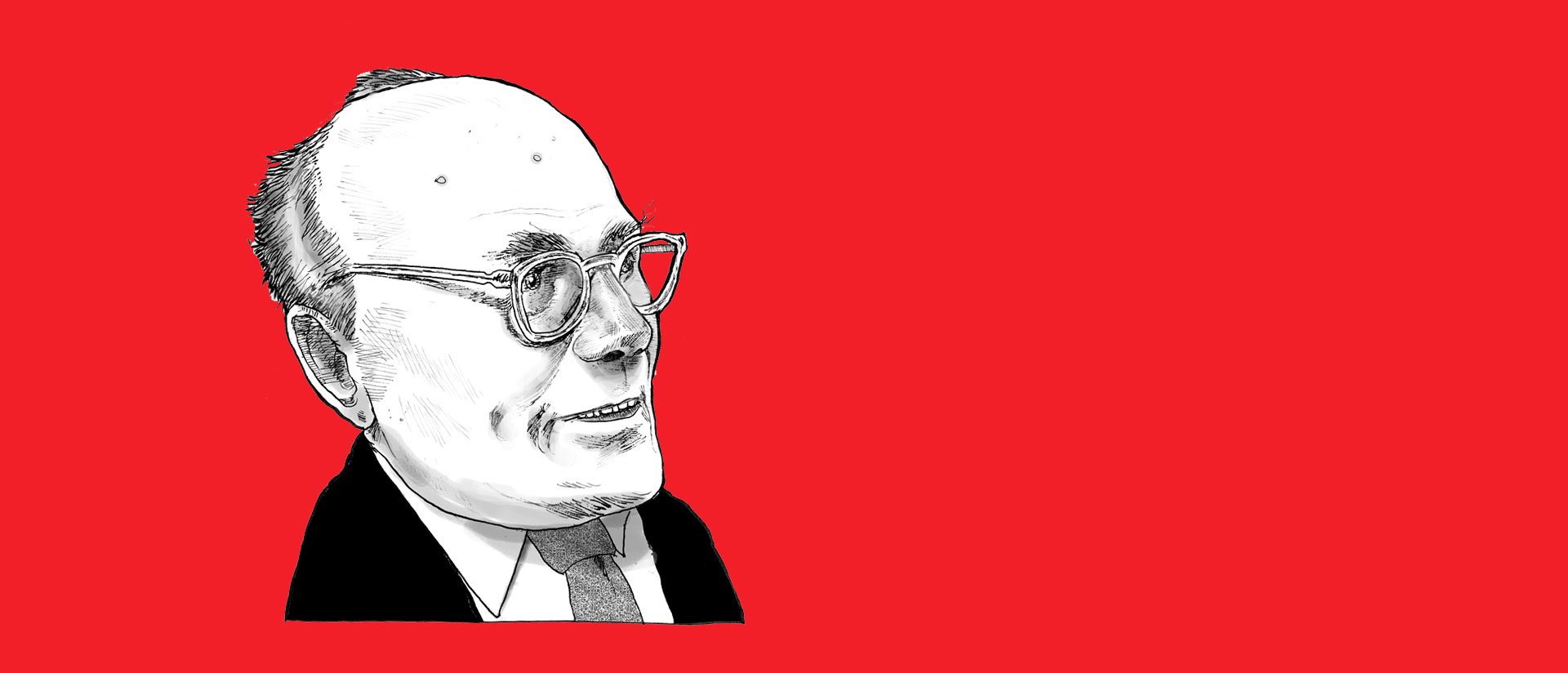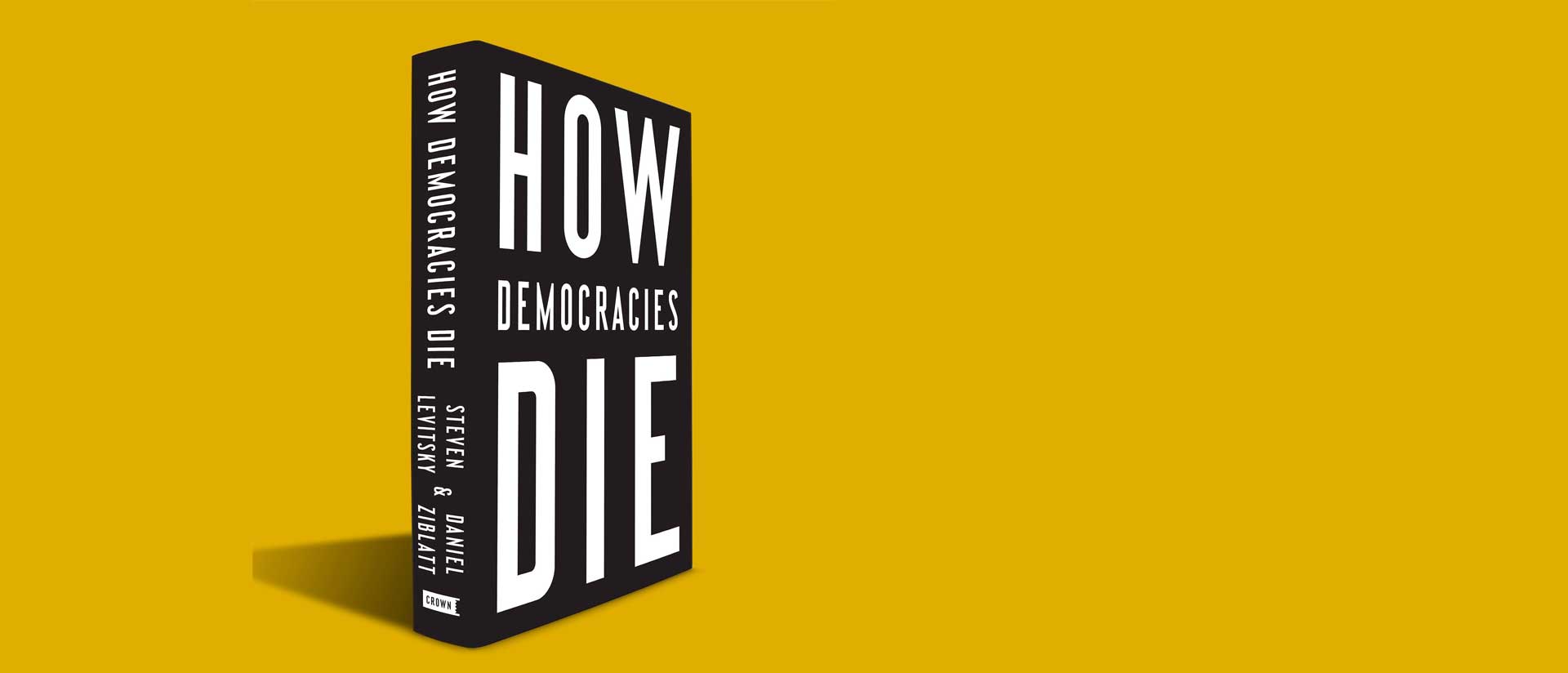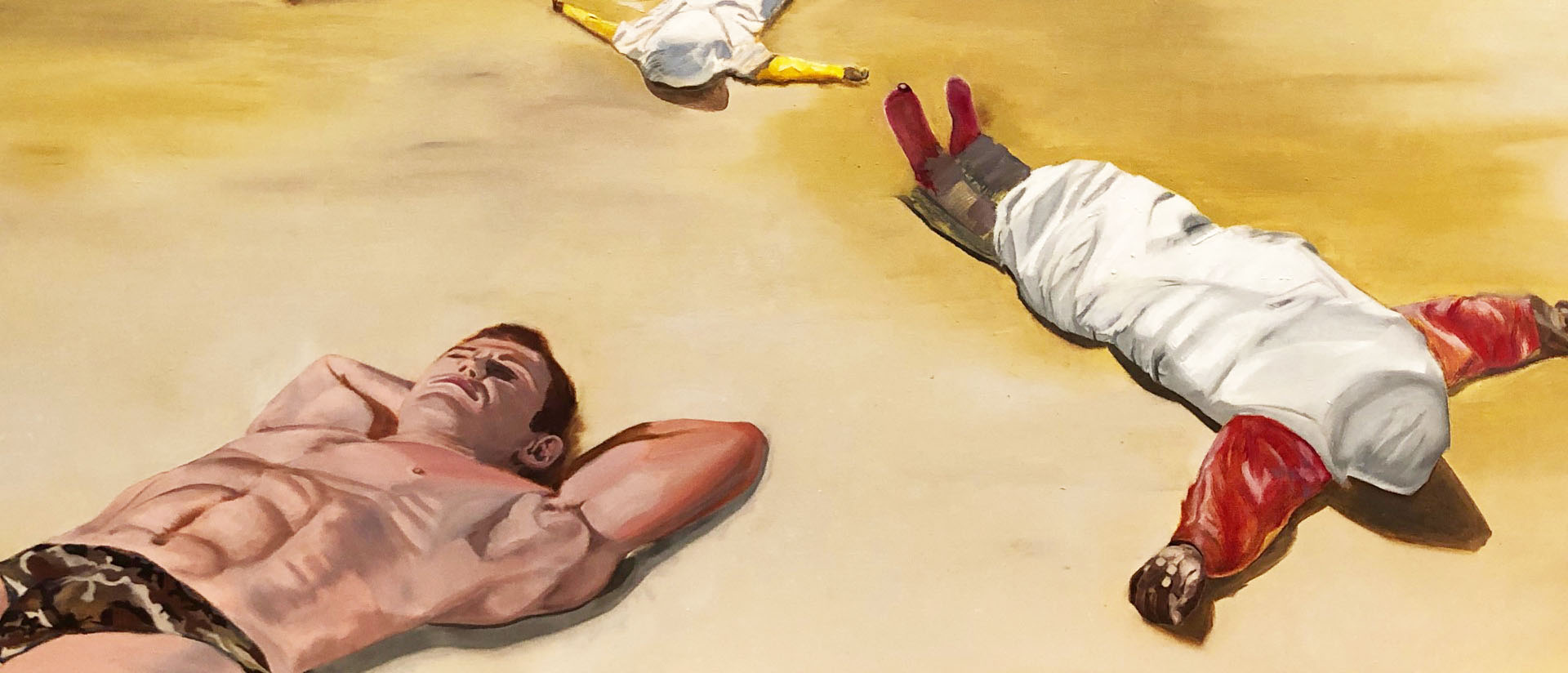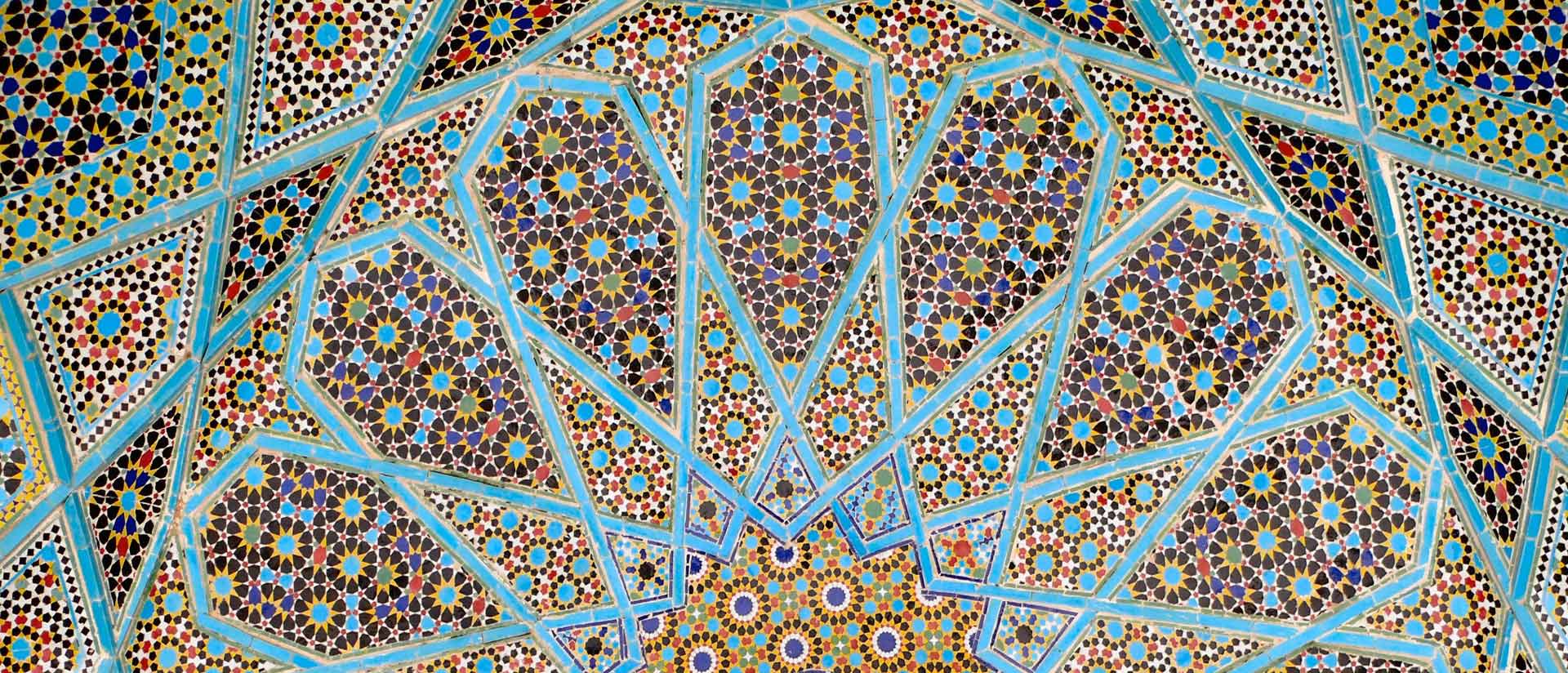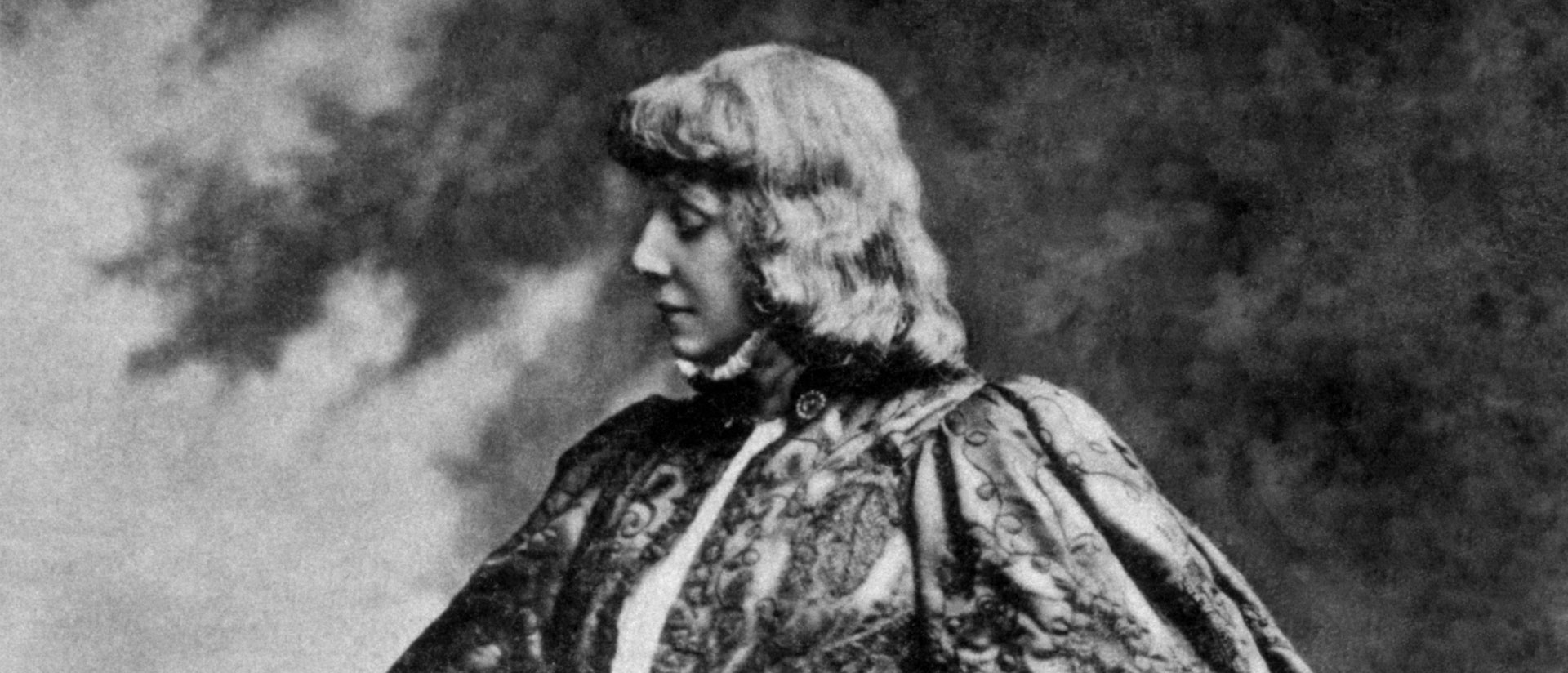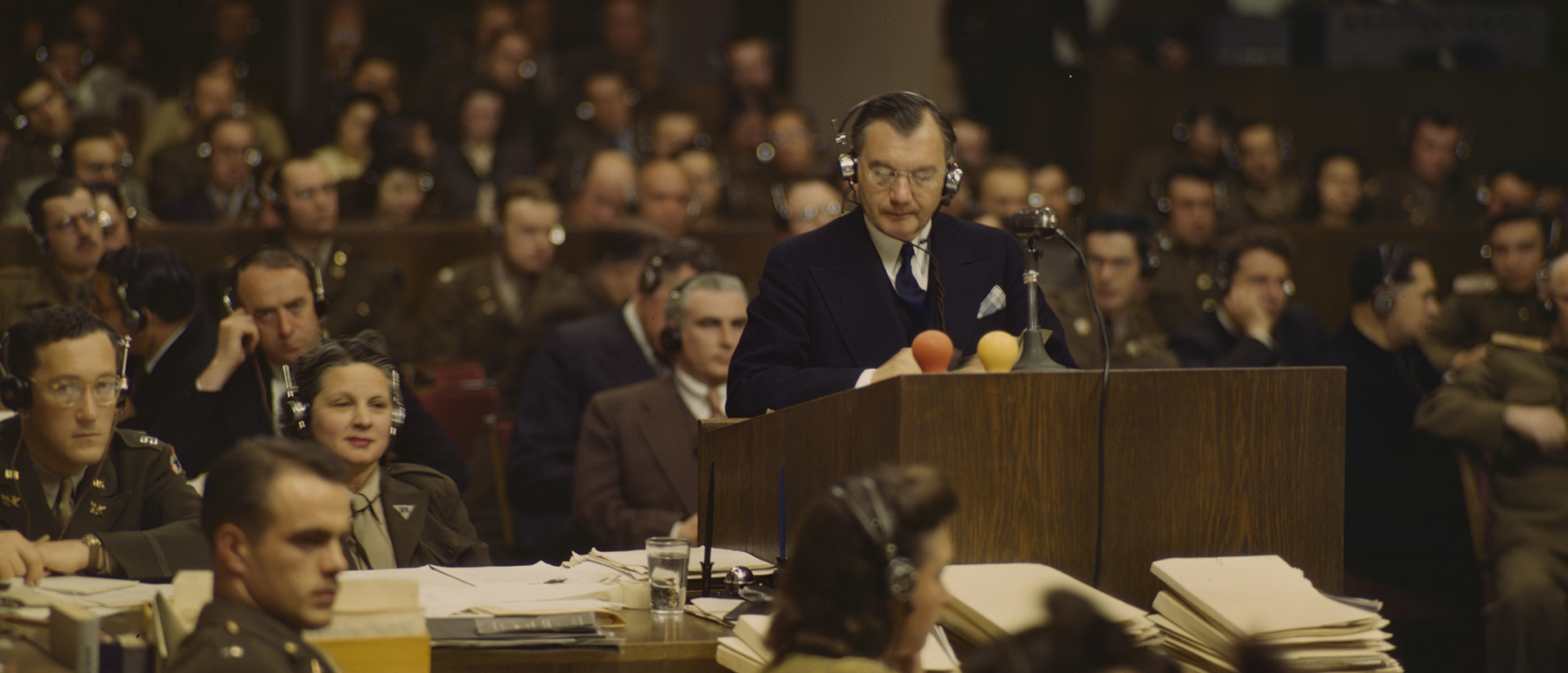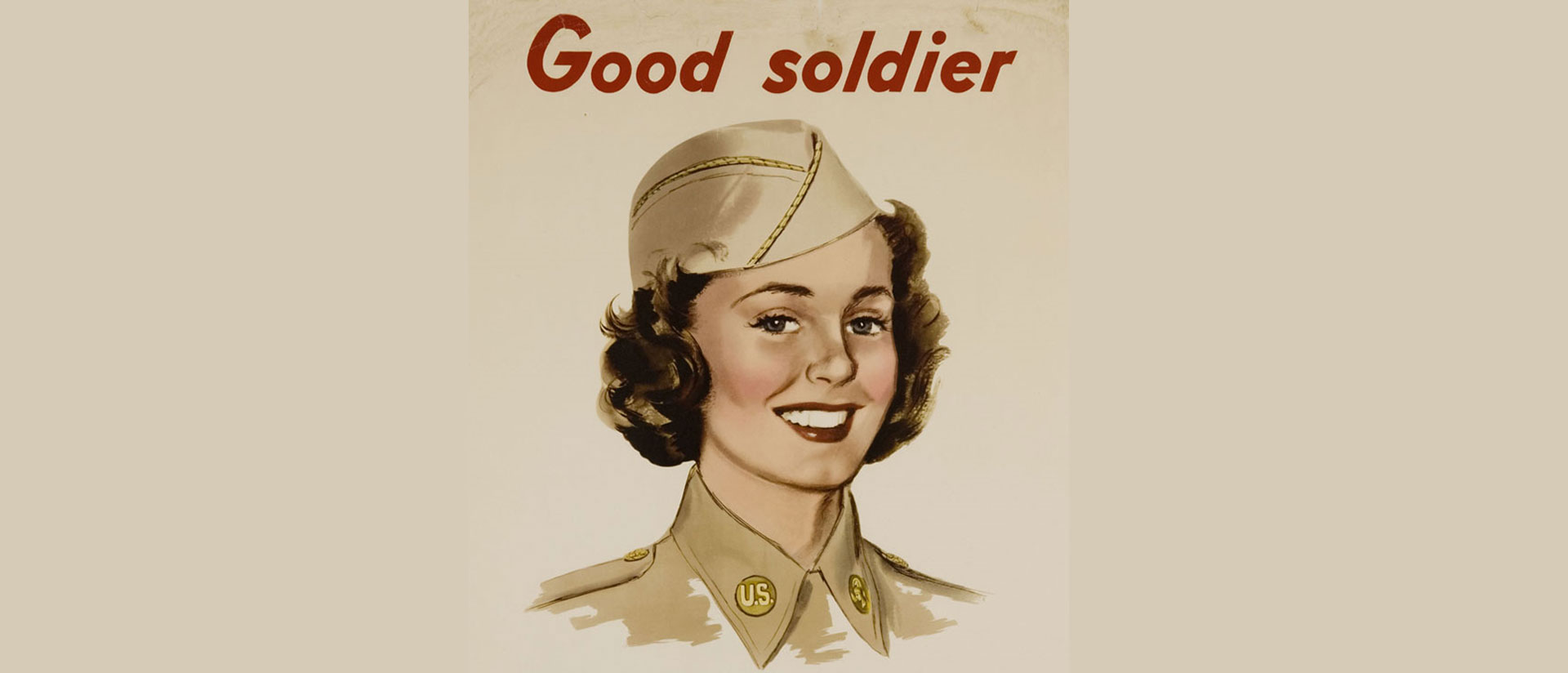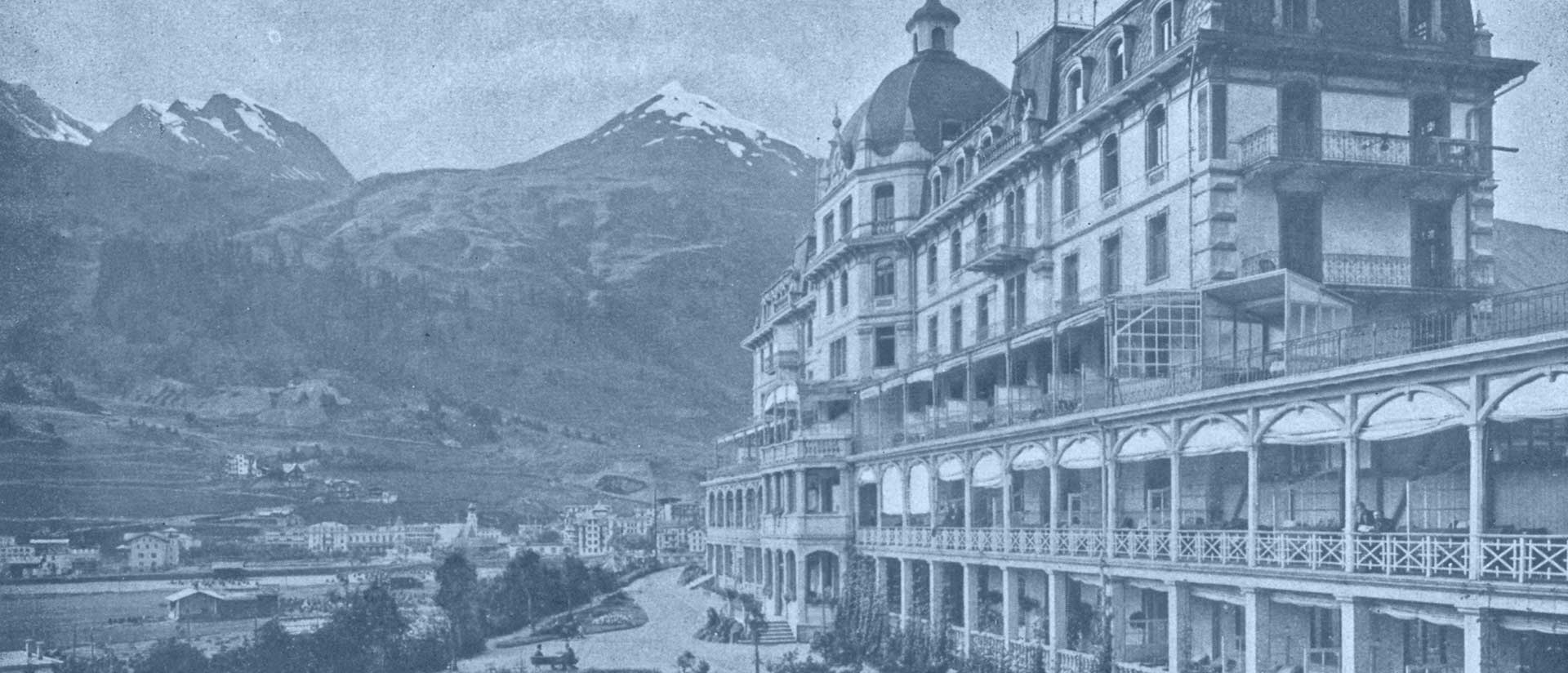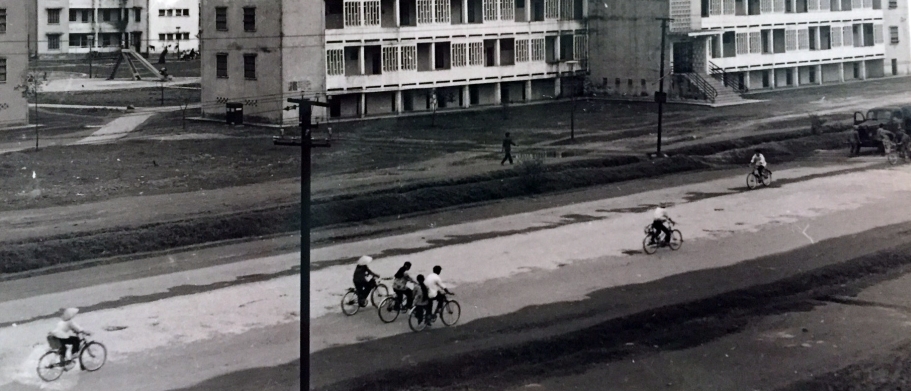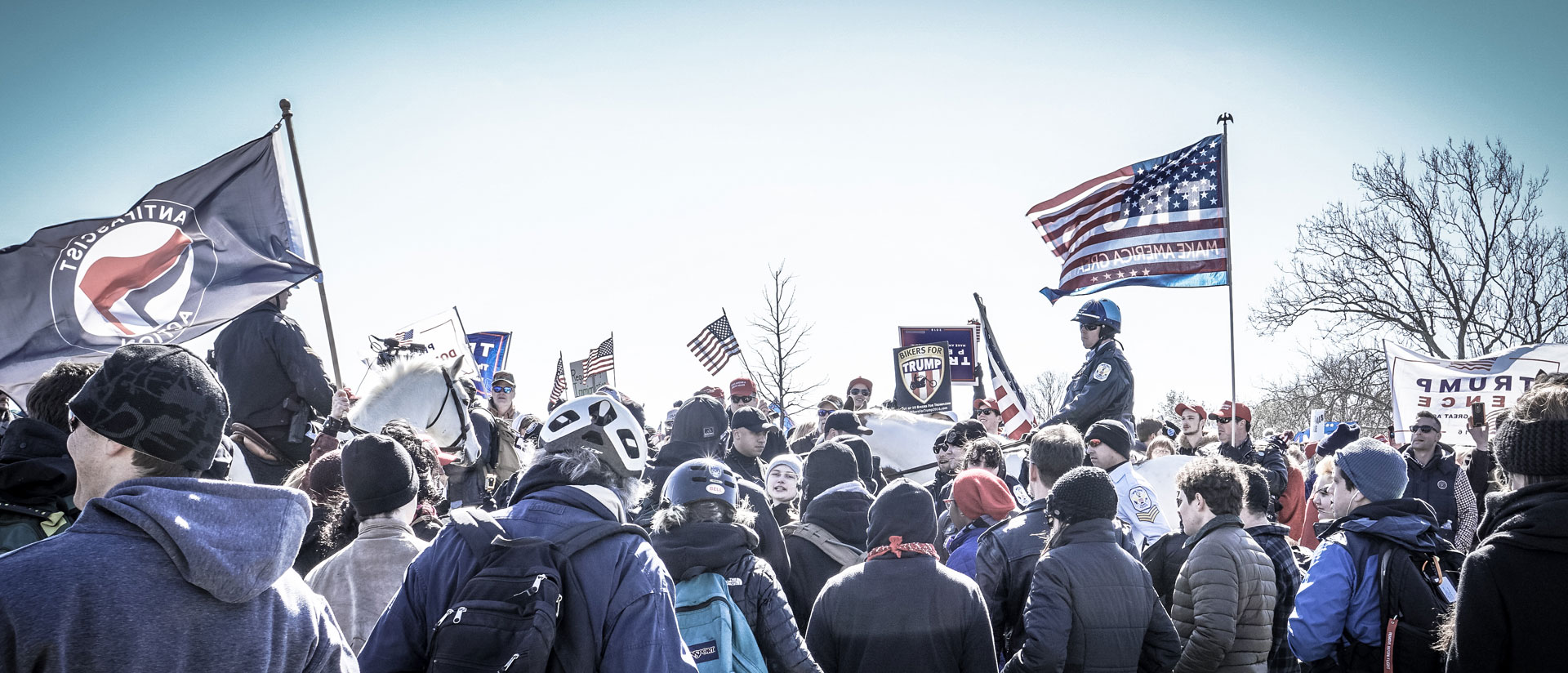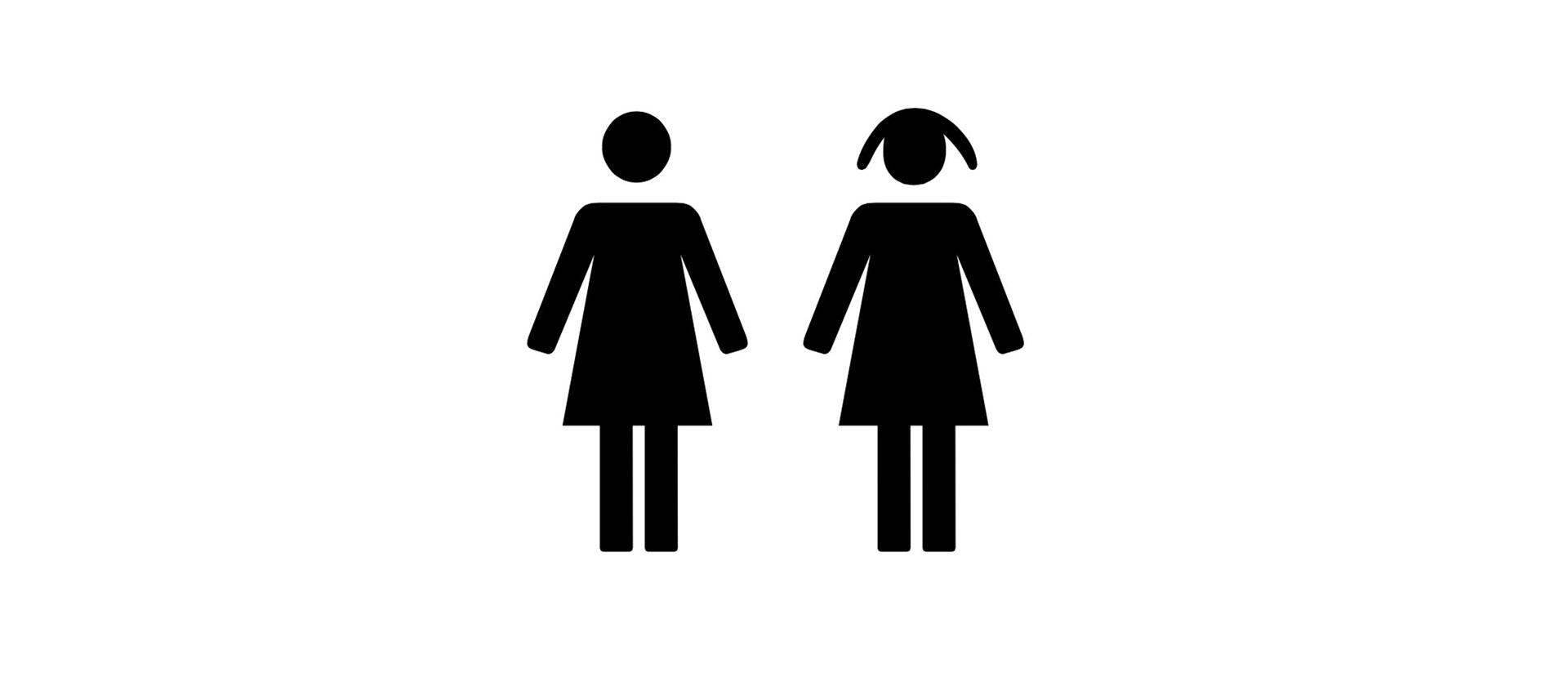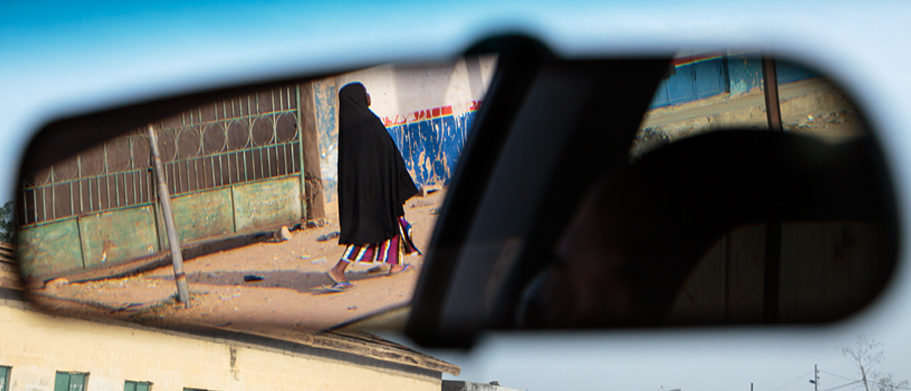
Life Without Authority
Boko Haram and the crises of Nigeria
by Michael J. Watts
The tradition of all dead generations weighs like a nightmare on the brains of the living. And just as they seem to be occupied with revolutionizing themselves and things, creating something that did not exist before, precisely in such epochs of revolutionary crisis they anxiously conjure up the spirits of the past to their service, borrowing from them names, battle slogans, and costumes in order to present this new scene in world history in time-honored disguise and borrowed language.
Karl Marx, The Eighteenth Brumaire of Louis Napoleon, 1852 (emphasis added)
Acording to the UN Office for the Coordination of Humanitarian Affairs, roughly 4.4 million people in the Lake Chad region of northeastern Nigeria are in need of urgent food aid. Famine-like conditions are widespread, extending even to large urban areas such as Maiduguri, the capital of Borno State, a city that has doubled in size in the last two years and currently hosts over 2.4 million displaced people. According to Médicins Sans Frontières, 39 percent of the region’s children suffer from acute malnutrition. Such desperate conditions are not the result of deteriorating climatic conditions in the drought-prone West African Sahel; they are a consequence of a seven-year Salafist insurgency officially known in Arabic as Jama’atu Ahlis Sunna Lidda’awati Wal-Jihad (People Committed to the Propagation of the Prophet’s Teachings and Jihad), popularly referred to as Boko Haram.
It is hard to exaggerate the devastation that Boko Haram has unleashed upon vast tracts of the northeast of Nigeria since 2009 and the horror it has wrought by attacks across the country’s Muslim north, including in major cities such as Kano, and the capital, Abuja. Since 2009, Boko Haram has killed more than 20,000 people, the majority of them Muslim. The years 2014 and 2015 witnessed a massive escalation in both the scale and character of violence. Fatalities increased sharply, and some four hundred conflict events in 2014 alone accounted for more than 7,500 deaths, the majority of which were perpetrated in remote border communities. Another 11,000 deaths were attributed to Boko Haram in 2015, marked by large-scale abductions (the 276 Chibok girls were famously kidnapped in April 2014, but the total figure now exceeds two thousand, many of whom are still captive) and enhanced terrorist tactics, including beheading, the deployment of young female suicide bombers, sexual violence, and slavery.
While Boko Haram is seen as opposed Western education—“Boko Haram” translates loosely as “Western education is forbidden”—only 7 percent of its attacks have been directed at schools: 40 percent are directed at government and security forces, 25 percent at private citizens and property, and 10 percent at religious figures and institutions. Conflicts with Nigerian security forces had escalated in 2009, when Boko Haram’s leader—a charismatic and well-connected radical Islamist preacher, Mohammed Yusuf—mysteriously died while in police custody. Assassinations carried out by motorcycle riders targeted representatives of the state who Boko Haram followers believed had cheated or failed them: politicians, officials, rival religious scholars, and especially representatives of the dreaded police and security forces, who routinely engaged in extra-judicial killings, according to international human rights groups. According to UN assistant secretary-general and regional humanitarian coordinator for the Sahel, Toby Lanzer, Boko Haram has become the deadliest terrorist group in the world.
Dramatically, on August 26, 2011, Boko Haram launched an audacious attack on Abuja. A massive car bomb detonated in the UN compound killed 23 persons and seriously injured more than a hundred. Within ten days of the attacks, two videos were released to the media, including 25 minutes of speeches by the alleged bomber, who is seen holding an AK-47 rifle. A man claiming to be a spokesman for the sect told local news services that the alleged bomber was Mohammed Abul Barra, a 27-year-old married man from Maiduguri. In the videos, a young man speaks in measured tones wearing a striped shirt, a turban, and what appears to be a suicide vest. The UN is referred to as a “forum of all the global evil” and praises are offered to Osama bin Laden, the al-Qaeda leader killed by US Special Forces in Pakistan two months prior. A few months later, on Friday, January 20, 2012, following of afternoon prayers, at least twenty coordinated bomb attacks on policy and security installations were launched in Kano. Close to two hundred people were reported dead, and the city—the commercial, religious, and political epicenter of the Muslim north—was placed under lockdown. Summarizing the movement’s political intentions, a Boko Haram spokesperson said, “We do not believe in any system of government. […] We are fighting against democracy, capitalism, socialism, and the rest. […] The Nigerian government is illegal […] because it is not protecting Islam.”
Boko Haram is now globally networked with jihadist movements in and outside of Africa, including Al-Shabaab in Somalia and al-Qaeda in the Islamic Maghreb (AQIM). In March 2015, in the wake of declaring the establishment of a caliphate in Borno, Boko Haram pledged allegiance to the Islamic State (IS) and claimed the role of being the group’s “West Africa Province.” In early August 2016, IS announced in a two-page interview in its weekly magazine, al-Naba, that Abu Musab al-Barnawi, a top military commander, had been appointed as Islamic State’s new governor for West Africa, apparently seizing the leadership from Abubakar Shekau, who had led Boko Haram after the alleged murder of Yusuf.
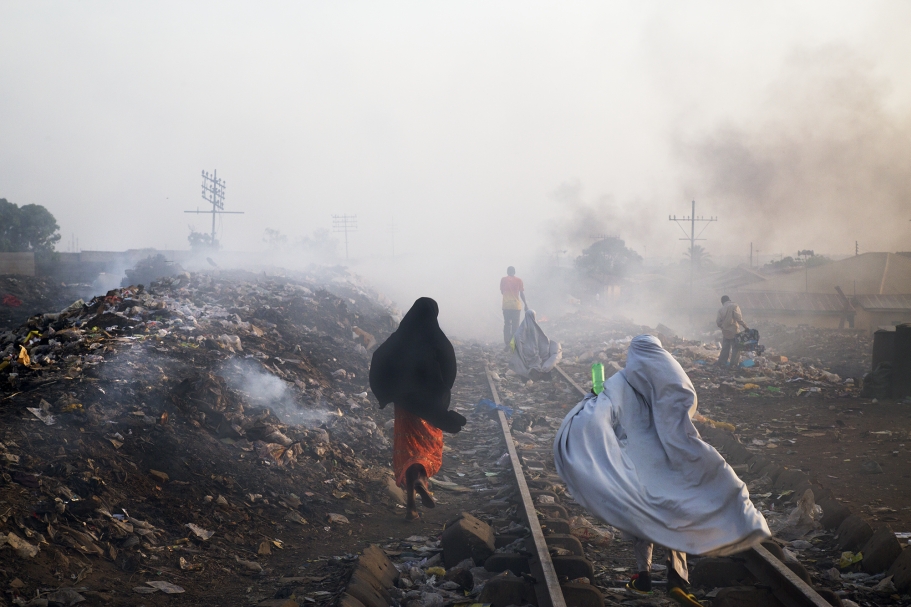
The origins of Boko Haram predate the events of September 11, 2001, but the movement cannot be understood outside of the discursive shifts with the global Muslim world and the concept of global jihad, which were central to the attacks in the United States. The group’s origins can be traced to an Islamist study group in Borno in the mid-1990s. When its founder, Abubakar Lawan, left to pursue further studies at the University of Medina, a committee of sheikhs appointed Mohammad Yusuf as the new leader. In 2003, Yusuf ousted the sheikhs, charging them with corruption and failure to preach “pure Islam”—and founded a movement known as the Yobe Taliban, rooted in a largely rural, impoverished Kanuri region of Yobe State, seventy kilometers from the state capital, Damaturu. Modeled on al-Qaeda and the Taliban, and self-consciously imitating their dress and affect, followers believed that the adoption of sharia law in the 12 northern states in 2000 was incomplete, reflecting the temerity of a Nigerian secular state not committed to upholding Muslim precepts. Conflicts between members of the movement and local villagers escalated, and the Yobe State Council compelled the sect to move. They decamped to a remote location near the border with Niger.
Between 2002 and 2009, Boko Haram clashed with local villagers and police and dispersed to various locations across the northeast, making Maiduguri a new hub. The group was drawn into state politics and drew sustenance from the Nigerian political arena, insofar as Yusuf promised to deliver votes in the hotly contested 2003 gubernatorial elections, in return for the adoption of a more aggressive stance toward sharia law. Boko Haram’s high-level political connections quickly fell apart, however; their expectations were not met by the local political class. Angered by the duplicity of local politicians, Yusuf withdrew from the political arena and established a religious complex with a mosque and an Islamic boarding school in Maiduguri, along with a prayer group that he called “people committed to the propagation of the Prophet’s teachings and jihad.” He quickly ran afoul of local authorities, however, and relations with Borno State security forces deteriorated.
To grasp Boko Haram’s dynamics and fervor—particularly its goals of restoring “true Islam” and waging war against unbelievers—requires an understanding not simply of the spiritual and economic insecurity of its recruits, but of the fragmentation of, and contestation within and among, segments of organized Sunni Islam in northern Nigeria, most especially a panoply of revitalization movements seeking religious reform (tajdid). Key to understanding the contentious field of religious ferment is how the authoritarian politics and developmental failures of secular national development in oil-rich Nigeria—the country is an archetypical “petro-state”—was read through the cultural lens of tajdid in order to fully implement sharia as a means of Muslim self-realization.
The dominant Sufi brotherhoods associated with the ruling emirate classes came into conflict with a conservative modernizing movement that emerged in the 1960s, led by Abubakar Gumi (himself supported by radical Muslim populists critical of the ascriptive and reactionary system of the Sufi Brotherhood and old emirate social structure). Gumi’s formation was linked to his exposure to Saudi patronage and to Salafist groups such as the Muslim Brotherhood, which had adopted the doctrines of Sayyid Qutb, who advocated the condemnation of Muslims as kafir (unbelievers) for embracing un-Islamic practices (bidah). In founding a mass-based organization in 1978—Yan Izala—to provide a modern interpretation of sharia, Gumi represented not only a reformist movement within northern Islam, but also an all-out assault on Sufism.
The movement drew sustenance during the economic recession of the 1980s because, as Johns Hopkins University scholar Paul Lubeck has pointed out, the call for sharia law invoked a sense of economic and political justice for the poor and a type of open egalitarianism that appealed to an alienated and insecure cohort of youths. Young men in their twenties and thirties were not only excluded from the market order—they were unemployed—but they had also been expelled from most institutions of political and civic order. But at this point—during the years of military rule in the 1980s and 1990s—the reformist movement fractured and fragmented amid more or less militant and radical assessments of what sort of Islamic restoration was required. Splits within Yan Izala, and the rise of new Shi’ite groups drawing inspiration from the Iranian Revolution, coupled with the wars in Afghanistan and Iraq and the all-encompassing war on terror, provided the ground from which a charismatic leader could emerge, recruiting impoverished youth and Koranic students locally and within a transnational space—the Chad Basin—which was wracked by poverty, conflict, and violent accumulation.
It is tempting to see Boko Haram as a product of contention within Islam, triggered by the abject poverty of the Muslim north of the country. All human security indices are astoundingly low across the region: malnutrition is almost twice the national average in the sharia states; the Multidimensional Poverty Index (MPI) is 45.88 compared to 27.8 in the non-sharia states; female literacy in the north is 17 percent compared to 69 percent in the south; the percentage of married women using contraception is 3.4 percent in the sharia states compared to 14 percent nationally; and, not least, total fertility rates in the north are more than seven per woman, making for a massive youth bulge. Overall, the picture is one of economic descent and declining per capita income, coupled with radically declining health and education standards.
But poverty is a poor predictor of militancy. What is critical is how poverty across the north coexisted with, and in many respects was a product of, what is popularly called “governance failures.” In practice, this meant profound and multiple crises of legitimacy for the institutions of secular national development and, by extension, for the northern ruling classes, which confronted growing hostility from millions of talakawa (commoners). Popular resentments among youths grew due to dwindling state resources, a precipitous decline in human security, and the crumbling of both the old emirate system and of local government. Insurgent Islam, not surprisingly, was directed against the failures of secularism, Western development, and of the yan boko (the Western-educated). Dispossession entailed the loss, as it were, of material and ideological legitimacy: the moral and political failings of the state, the loss and decay of customary values and forms of authority, a sort of ideological expropriation by organized Islam, the decay of state apparatuses, and the perceived diminution of Muslim power within the federation.
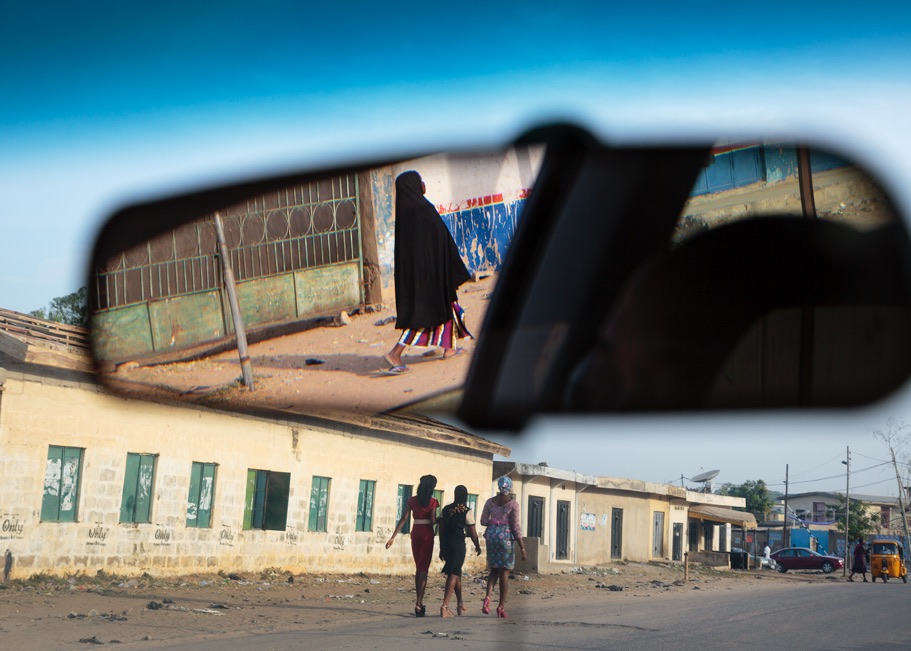
The case of Nigeria offers up a radical version of what is sometimes called the crisis of the postcolonial state: multiple crises of authority among customary, religious, and formal state institutions collectively producing a world of profound alienation and dislocation. The federal state had failed to deliver development and was synonymous with graft and limited capabilities (“carry go” as the local vernacular has it), but this was no less the case with the institutions with which most Nigerians had some modicum of direct contact (namely local governments, elections, and the judiciary, all of which were limited at best and bankrupt at worst, and public services such as schooling, water provision, and power). Institutions of customary rule—whether the relics of the old emirate system in the north or the chieftaincy systems in the south—were no longer legitimate or effective systems of authority either, and most youths felt excluded from their gerontocratic orders.
There is the special case of the security forces—especially the police and army—whose purpose was to provide protection and impose law and order. In practice, the police have become objects of utter contempt, not only for their corruption (the endless roadblocks and taxes levied on vulnerable travelers, for example), but also because of the extent to which so much of the urban and rural violence in both regions was triggered by excessive police actions. Not least, even religious authority—seen most vividly in the deep contention over Muslim practice and what constituted “true Islam”—has been thrown into question. For some Muslims, failed secular nationalism and the miserable track record of failed postcolonial governance has contaminated many of the dominant religious organizations and their leadership.
The illegitimacy—indeed the ethical and moral bankruptcy—of Nigeria’s systems of governance and authority created a vast space of alienation and exclusion, a world in which the armies of impoverished youths were neither citizens nor subjects, a social landscape in which the politics of resentment could and did fester. Contempt became the ruling ideology. These floating populations in the north—the lumpenproletariat, Koranic students, and land-poor peasants, and even university graduates with no career prospects—were detached from the old gerontocratic order, each unable to fulfill the norms of personal advancement through marriage, patronage, or work. Youths occupied a social space of massively constricted possibility, a world in which economic recession and the dreadful logic of provisioning and self-interest reduced millions to the level of unfulfilled citizenship—something the anthropologist Murray Last properly refers to as “material, social, and political insecurity.”
Seen through this particular lens, Boko Haram is a product of a deeply flawed—and oil-fueled—secular post-colonial development project that has produced a new sort of generational politics—the youth crisis—which has generated all manner of violent reactions, Boko Haram among them, to a moribund and decayed national political system. This forbidding situation is compounded by the fact that Nigeria currently confronts a major economic crisis as oil prices—and therefore resources available for development—have fallen.
Against the backdrop of the failures of former president Goodluck Jonathan to prosecute an effective counterinsurgency, President Muhammadu Buhari, who assumed office in May 2015, promised to rid the country of Boko Haram before the end of the year. Many high-ranking army officers were replaced, and Buhari appointed Lieutenant General Tukur Yusuf Buratai commander of the international task force established to defeat the group. Assisted by South African mercenaries and military personnel from Ukraine, the Nigerian army has in fact been able to recapture swaths of territory, and to regain control of local governments that had been held by Boko Haram in the poverty-stricken northeast. On Christmas Eve 2015, the Nigerian president announced that his country had “technically won the war” against Boko Haram. Yet, in the first quarter of 2016, the group was still wreaking havoc across the northeast and beyond. More than one hundred people were killed by Boko Haram in the first two months of 2016, and they continued to drive many more from their homes. In February, three female suicide bombers launched a vicious attack in Maiduguri, killing 58 people.
While Boko Haram’s operations have been pushed to the border areas of the country, and the military has made headway in reclaiming territory, large parts of the northeast are not yet fully under government control. Boko Haram may have been weakened, but it most certainly has not been defeated. To drive home the point, in June 2016 a massive military assault by Boko Haram in Niger, near the Nigerian border, resulted in 32 deaths and compelled 50,000 to flee. Then, on July 28, 2016, a UN humanitarian convoy with military escort came under Boko Haram gunfire during an ambush in northeast Nigeria’s Borno state, killing three humanitarian staff members. As the Nigerian army slowly regains control of part of the region, the true scale of the Boko Haram crisis is only just becoming clear. □
Michael Watts is Class of 1963 Professor of Geography and Development Studies at the University of California at Berkeley and the fall 2016 Siemens Fellow. Published in the Berlin Journal 30, Fall 2016, pp. 44-47.
Photo (c) Ed Kashi/VII. To view more images from Ed’s photoessay from Northern Nigeria, visit www.edkashi.com. Follow @edkashi on Instagram.

